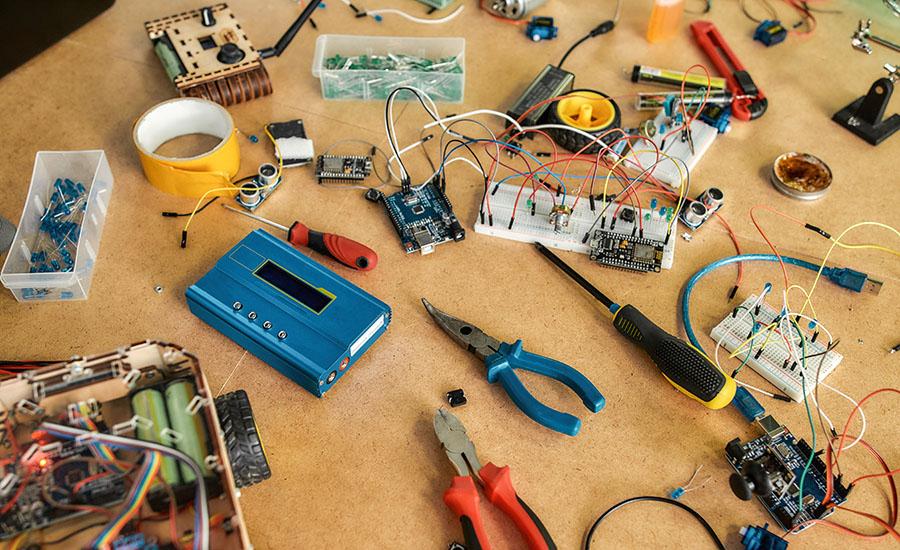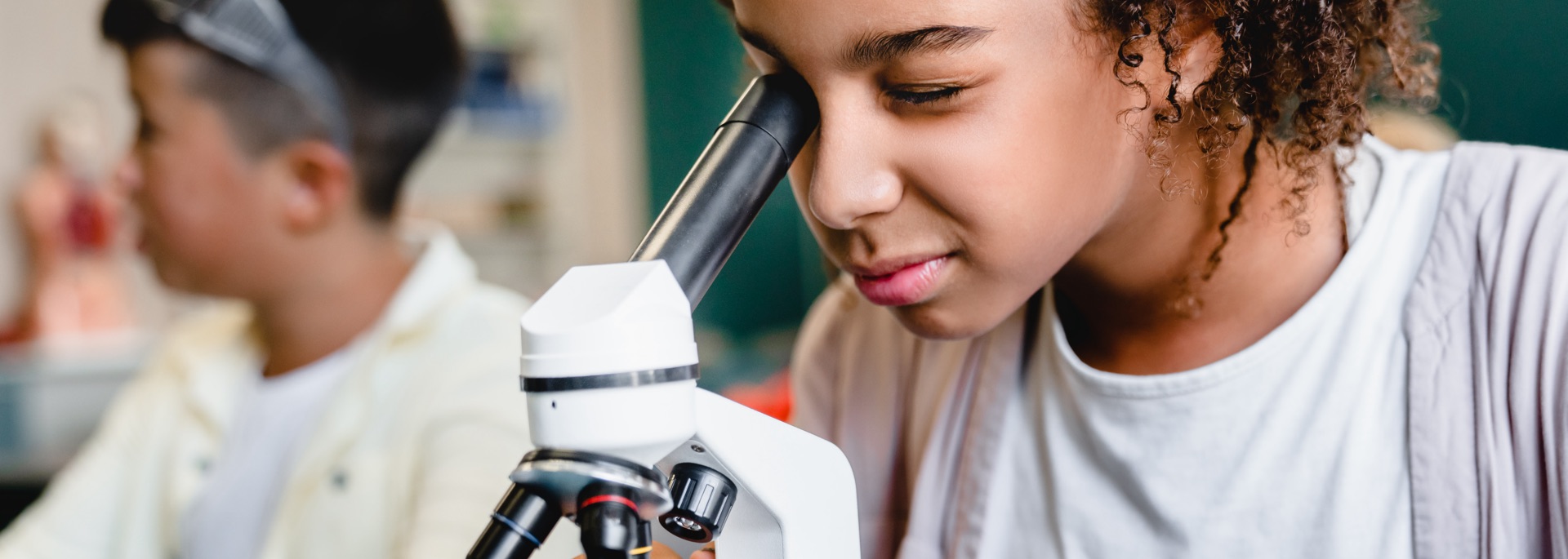This is part two of a two-part lesson set. In this lesson, students will conduct test flights on their rockets, gather and analyze their flight data, and make improvements based on the results. They
This is one lesson in a two part lesson set. In this first lesson, students review balanced and unbalanced forces in preparation for how these forces apply to rockets! They will then research rocket
The students will be working and pretending that they work for an engineering company that is designing a bridge. The Department of Transportation wants to see a model of the bridge, so they will be
Students are put into groups of 3 or 4. As a group they create an animal cell model and then create a slide show naming and describing the organelles of an animal cell.
This lesson can be used to help introduce the idea of forces acting on objects at a distance. The focus of this lesson will be on magnets and magnetic force fields. This can then be used to help
How can you get objects from one location to a specific dropping point using a cable? Students utilize the Engineering Design Process and their learning of Newton's Laws of Motion, slope, mass and
Engineering of the traditional and contemporary Navajo/Diné Hogan using the sun's light to produce electricity. Students create a model of the Navajo/Diné hogan and incorporate solar energy concepts.
In this lesson, students will create their own golden record that may travel throughout our solar system and beyond. The Golden Record acts as a time capsule and students collaborate which popular
Students will construct a rocket by exploring the relationship of the mass in the nose cone to the success of a launch. Students will learn about "center of mass' and how to find it, as well as the
Notes Prerequisites: This lesson requires prior experience with Edison Robots. Context: This lesson can be taught to a single class or used in an after-school coding/robotics club. Students should be
Featured Lesson Plans
Check out these notable lesson plans.

24 Hour Garbage Lab
Three day lesson on garbage, recycling, and composting. Day 1: Students are provided a garbage bag and no instruction on recycling. *Collect all of your disposable garbage for 24 hours. Bring it back

Radioactive Orbs
This lesson focuses on using the engineering design process and simple machines to design a device that the students can use to safely transport radioactive orbs across the span of 8 feet. Students

Marvelous Mexican Jumping Beans
In this third-grade lesson, students will make educated guesses about the "mystery object." Students will record what they notice and wonder about Mexican Jumping Beans. Students will create a game
